In 2014, ISIS took the world hostage. One of the fundamental realms we need to investigate is the History behind ISIS; as the influential author George Orwell states “he who controls the past controls the future. He who controls the present controls the past”. This means that in order to defeat ISIS, we need to conduct an accurate historical account of the group by identifying the [root] causes. It is through knowing the root causes that a viable solution can be established to eliminate such extremist groups.
The rise of ISIS wasn’t in 2014 when they occupied the TV screens. Rather the formation of such a group was the result of years of [Middle Eastern] instability that gradually evolved into the rise of ISIS.
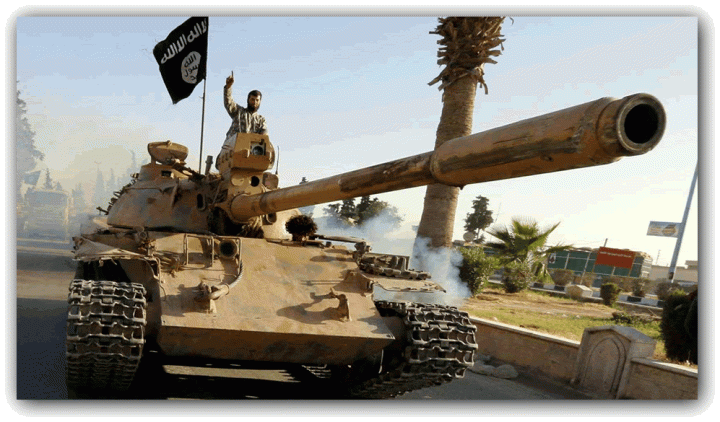
There is no precise date but generally speaking, the seeds of ISIS were planted on the 11th of September 2001. The Sudden events of the 9/11 attacks provided the US with the [inevitable] opportunity to legitimise its newly founded policy of global hegemony by imposing its military on hostile nations [Middle East in particular]…Iraq was the crucial target since a decade of US-Iraqi tensions had passed and Saddam was showing no signs of stepping down. The grandfather of ISIS: Abu Musab Al Zarqawi is soon added into the situation. The US government falsely established a link between Saddam Hussein and Al Qaeda coupled by the claim that Saddam possessed “weapons of mass destruction”. These two accusations acted as a justification for the invasion of Iraq. However, it also provided Zarqawi’s fringe movement [Al Qaeda in Iraq] with international attention, thus recruitment became easier.
And so it happened [as expected], in 2003 the US along with its British counterpart assembled “the coalition of the willing” [a collective anti Saddam military force] to overthrow the government of Saddam Hussein.
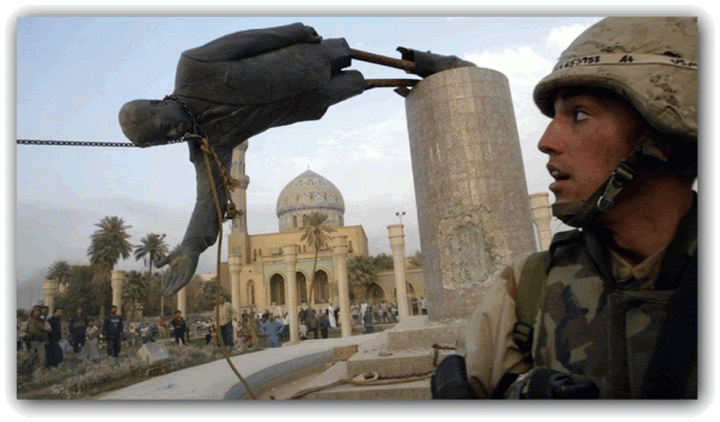
Operation “Iraqi freedom” militarily speaking was a monumental success, since Baghdad was captured by May 2003 and Saddam had stepped down and went into hiding [found on December 2003]. It all seemed to be going well…however what the West had failed to do is plan for a post-Saddam Iraq. The actions of Paul Bremer, in particular, were extremely destructive and unproductive. His controversial decision to dismantle the entire Iraqi Army of 250,000+ troops [Coalition Provisional Authority Order No 2] and eliminate voting rights for former Baathist members was ignorant, to say the least. This is because he failed to realise that all civil servants were required to affiliate themselves with the Baathist party, after all, Saddam Hussein’s Iraq was a dictatorship. The result was that a significant number of well-trained workers and former soldiers were now unemployed and lost the right to vote. The democratic utopia seemed exclusive. Many former soldiers lost their jobs but kept their guns as discontent was rising. An armed [non-sectarian] insurgency had ensued against what was once seen as a liberating force [US presence].
Meanwhile, Zarqawi exploited the disenfranchised and frustrated masses to pursue his own agenda: a sectarian struggle between Shia and Sunni Muslims. With no jobs and loss of hope; many former Baathist members [Sunni Muslims] joined the ranks of Al Qaeda in Iraq. What followed was a wave of deadly suicide attacks targeting Shia Muslims [Imam Ali Mosque bombing 2003]. The outcome was [as Zarqawi desired] that sectarian struggle became widespread across Iraq. In addition, the US decision to appoint Nouri Al Maliki as Prime Minister of Iraq further catalysed the fragile Sunni Shia relationship. This is because Maliki’s government was heavily influenced by the sectarian policies of Iran. The consequence was that many Sunni Muslims saw Zarqawi’s group as the lesser of two evils and a consolation against oppression thus more people [especially in Northern Iraq] sympathised with Zarqawi. It was during the sectarian chaos that Zarqawi proposed the creation of an Islamic State. However, unlike the Taliban [and any other contemporary Islamist militant groups] who only fought for national sovereignty, Zarqawi’s idea had an eschatological theme as he eventually wanted to spread his idea beyond Iraq and to the rest of the globe. This apocalyptic appeal became attractive to many [young] Muslims as the saying is linked to the Prophet Muhammad’s authentic narration in Tirmidi [a reliable source of Prophetic sayings] whereby he states that “Black flags will come from Khorasan [Afghanistan/Iran], nothing shall turn them back until they are planted in Jerusalem”. Zarqawi’s movement therefore seemingly had divine legitimacy as he claims to be this group.
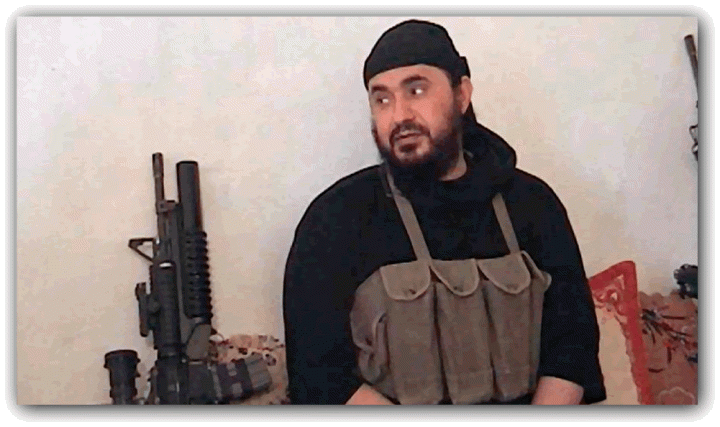
By June 2006, Zarqawi was eventually killed in a US air strike on his compound. However, the threat was not necessarily eliminated as Zarqawi’s ideas remained attractive and Abu Bakr Al Baghdadi [the current leader of ISIS] became his successor.
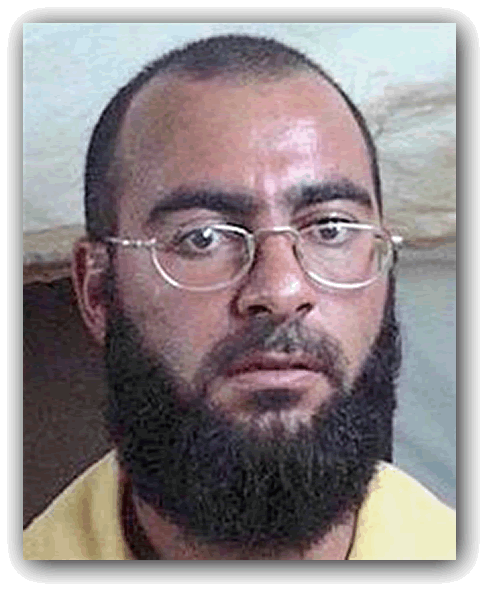
Abu Bakr Al Baghdadi was jailed by the Americans in 2004 in camp Bucca. During his time in prison, he alongside many others developed a deep hatred for the US, predominantly because of the poor treatment of inmates which rendered camp Bucca a fertile ground for extremism. Al Baghdadi cultivated his leadership abilities and religious character while also creating friends from the former Baathist party which would later be of use when he planned to rise to power. He was released by the Americans in 2006.
After the death of Zarqawi, Al Baghdadi headed the “Islamic State in Iraq”. For the next 7 or so years, Al Baghdadi remained relatively silent. This was for two reasons. The first was because there was an increase in US troops [2007-2011] thus he wanted to avoid being attacked. Secondly, he adopted the policy of gradually consolidating [grassroots] support from the Sunni Muslims of Northern Iraq that were oppressed by the Maliki government, this would later be of tremendous use.
The sudden outbreak of a Civil War in Syria provided Baghdadi with a new strategic opportunity. This is because unlike Iraq which was experiencing relative stability, the situation in Syria was extremely unstable thus causing the Syrian government to withdraw its focus on external developments. Under these circumstances, Al Baghdadi’s group could expand its influence. The decision was made in 2011 by Baghdadi to send a contingent of fighters to Syria headed by Abu Muhammad Al Julani to assist the rebel efforts to oust Bashar Al Assad. Al Julani’s military efforts were certainly effective in pushing back government forces so much so that he established his own group “Jabhat Al Nusra” [Al Qaeda affiliate in Syria] in early 2012.
The success of Al Julani didn’t go unnoticed. With major territorial gains in Syria, Abu Bakr Al Baghdadi announced his plan to merge Al Nusra with “The Islamic State in Iraq” to form the “Islamic State of Iraq and Syria”. This move caused deep divisions between Al Julani and Al Baghdadi since Julani felt that he was a strategic pawn for Al Baghdadi. To justify this merger, Al Baghdadi [falsely] claimed that he attained confirmation from Ayman Al Zawahiri [Leader of Al Qaeda]. This claim was difficult to verify as contacting Al Zawahiri was no easy or quick task. The consequence was that many Al Nusra fighters (estimated at 80%) and other rebel factions accepted the false claims of Baghdadi and joined his group because of the more attractive eschatological message thus increasing Al Baghdadi’s territorial; logistical and military capabilities. Al Julani, however, remained deeply sceptical. To crush potential opposition, Al Baghdadi launched a pre-emptive strike against [the now weak] Jabhat Al Nusra while they were preoccupied fighting the Syrian government. This move leads to a split between Julani and Baghdadi.
After establishing a strong foothold in Syria, Baghdadi began planning his Iraqi offensive which would be launched in the summer of 2014 [June]. He used his resources gained in Syria, Baathist [sleeper cell] political connections attained in Camp Bucca and the support of Northern Iraqis consolidated over the years to begin his campaign in Iraq. Al Baghdadi sent a contingent of around 900 Islamic State fighters into Northern Iraq to fight the 20 billion dollar US-trained Iraqi Army who had 25,000 troops stationed in Northern Iraq. The outcome was unexpected and shocking. The Iraqi Army had embarrassingly retreated and left most of their [American supplied] equipment which was now in the hands of ISIS.
The question is how did such a small group force a well-trained army to retreat? The Answer is that the Islamic State group was no longer small. The reason for the retreat of 25,000 troops was because the Iraqi Army was faced with not only the threat of ISIS but the entire Sunni population of Northern Iraq [who were frustrated at the oppression of the Maliki government] coupled by Baathist support, which forced a tactical width to draw to be announced. The years of silence and what appeared to be inactivity now paid off for Baghdadi. On June 2014 Mosul was captured and Abu Bakr Al Baghdadi made his first public appearance whereby he declared himself to be the Caliph of all [Sunni] Muslims. He had catapulted Zarqawi’s vision of an Islamic State to further heights.
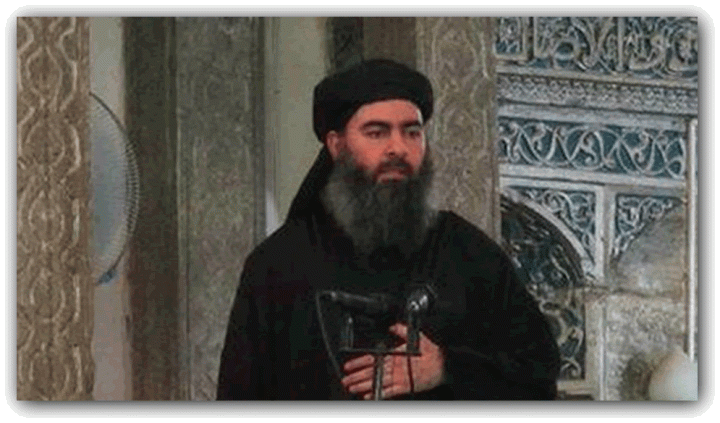
The rapid expansion and takfiri [excommunication] tendencies of ISIS eventually caught Al Zawahiri’s [Leader of Al Qaeda] attention and on September 2015 he released a video whereby he labelled Al Baghdadi’s Islamic State as “illegitimate”. The official statement certainly left many doubts in those who left Al Nusra to join ISIS. However, many of them simply remained part of ISIS due to its greater power (as a result of the initial 2013 merger). This was the official schism between ISIS and Al Qaeda. Despite the efforts of rebel leader Abdullah Muhaysini to negotiate unity with ISIS in Syria [2013-2014], most Syrian rebel groups have united their efforts in fighting ISIS.
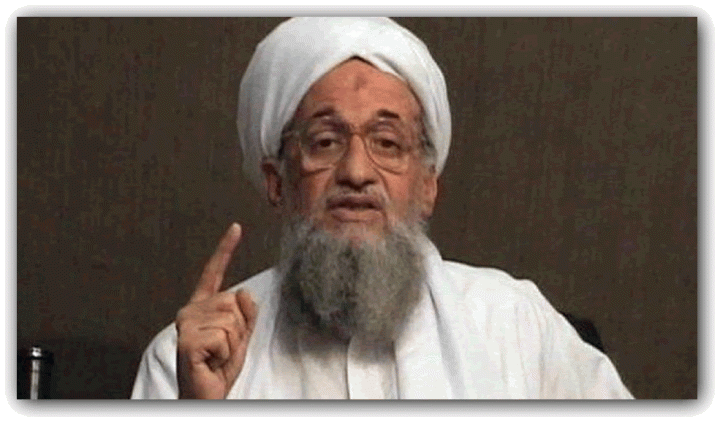
To conclude, we see that there are several key factors that resulted in the rise of ISIS. These include the US invasion of Iraq, the disenfranchisement of former Baathists and the rise of sectarianism. The latter is the broad causal factors for the rise of ISIS. Overall, we see that in order to prevent such groups from cultivating, there must be national stability. This in effect means that the United States should stop intervening in the Middle East as the outcomes usually result in instability and terrorism.
Resources used:
Heywood, Andrew (2011), Global Politics, Palgrave Foundations
Doornbos, Harold (2016), Present at the creation, Foreign Policy
David, Saul (2014), The Encyclopaedia of War, DK
Alkhateeb, Firas (2014), Lost Islamic History, Hurst & Company, London
Zakaria, Fareed (2015), Blindsided: “How ISIS Shook the World”, CNN
Glass, Charles (2015), Talking heads: “Who’s supporting Assad”, Vice News
Shirvan, (2014), Origins of ISIS, Caspian Report

